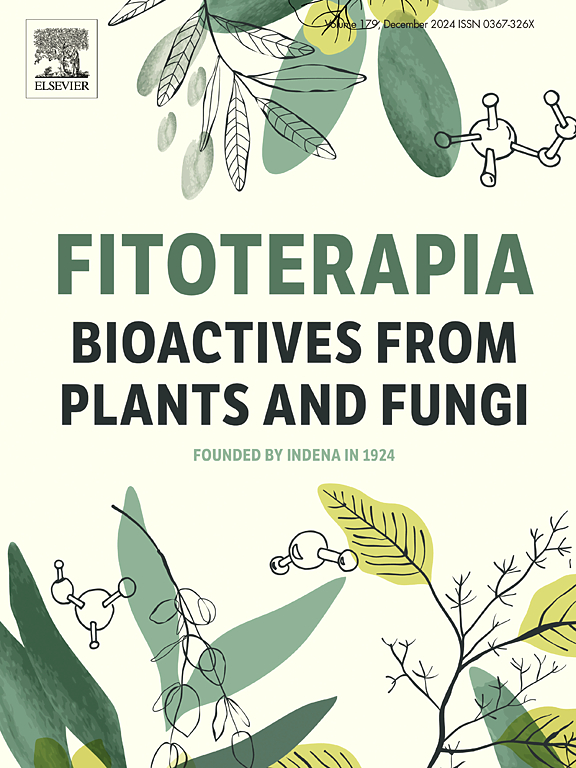Sulfonation of Capsaicin by sulfotransferases produces an anti-inflammatory metabolite with NF-κB pathway modulatory activity
IF 2.5
3区 医学
Q3 CHEMISTRY, MEDICINAL
引用次数: 0
Abstract
Capsaicin (CAP), the principal bioactive component of chili peppers (Capsicum annuum L.), is widely recognized for its anti-inflammatory properties. However, its oral bioavailability is low, likely due to extensive sulfonation metabolism. Despite the well-known pharmacological benefits of CAP, the role of sulfotransferase (SULT)-mediated sulfonation in modulating its therapeutic effects remains poorly understood. This study aims to elucidate the sulfonate metabolic profile of CAP, investigate the anti-inflammatory role of its sulfonate metabolite (CAP-S), and uncover the mechanisms underlying CAP-S's anti-inflammatory effects. In our study, the mono-sulfonate metabolite of CAP, designated as CAP-S ((E)-N-[(4-sulfo-3-methoxyphenyl)methyl]-8-methylnon-6-enamide), is identified using ultra-performance liquid chromatography tandem mass spectrometry (UPLC-MS/MS) and proton nuclear magnetic resonance (1H-NMR). The metabolic profile of CAP was investigated in liver S9 fractions from human, rat, and mouse samples, with sulfonation of CAP examined using seven major recombinant SULT isoforms. The results demonstrate that CAP is primarily catalyzed by SULT1A subfamily and SULT1E1. The anti-inflammatory effects of CAP-S are evaluated in lipopolysaccharide (LPS)-stimulated RAW264.7 cells and an acute liver injury (ALI) mouse model. CAP-S significantly reduces inflammatory mediators and nitric oxide (NO) production in LPS-induced RAW264.7 cells. In vivo, CAP-S treatment alleviates hepatocyte necrosis, inflammatory cell infiltration, and reduces aspartate aminotransferase, alanine aminotransferase, and malondialdehyde levels, while enhancing superoxide dismutase activity and decreasing NO production. Additionally, CAP-S exerts comparable anti-inflammatory effects to CAP by suppressing NF-κB p65 phosphorylation and reducing pro-inflammatory cytokines, as evidenced by network pharmacology and western blot assays. These findings underscore the role of sulfonation in modulating CAP's therapeutic potential.

求助全文
约1分钟内获得全文
求助全文
来源期刊

Fitoterapia
医学-药学
CiteScore
5.80
自引率
2.90%
发文量
198
审稿时长
1.5 months
期刊介绍:
Fitoterapia is a Journal dedicated to medicinal plants and to bioactive natural products of plant origin. It publishes original contributions in seven major areas:
1. Characterization of active ingredients of medicinal plants
2. Development of standardization method for bioactive plant extracts and natural products
3. Identification of bioactivity in plant extracts
4. Identification of targets and mechanism of activity of plant extracts
5. Production and genomic characterization of medicinal plants biomass
6. Chemistry and biochemistry of bioactive natural products of plant origin
7. Critical reviews of the historical, clinical and legal status of medicinal plants, and accounts on topical issues.
 求助内容:
求助内容: 应助结果提醒方式:
应助结果提醒方式:


